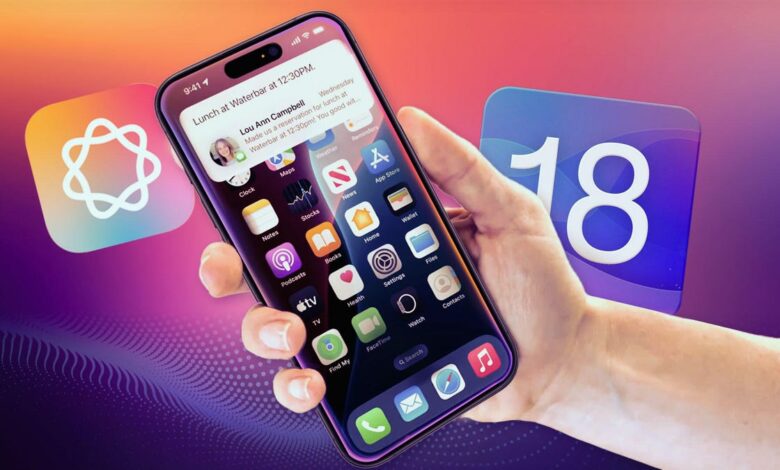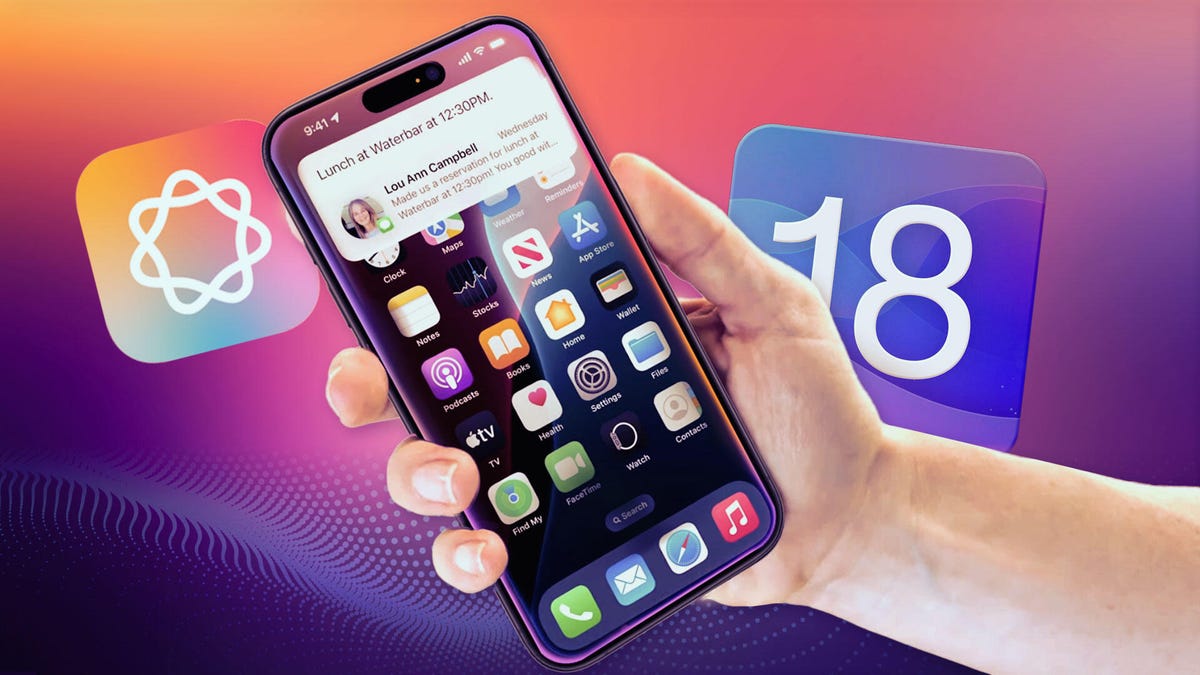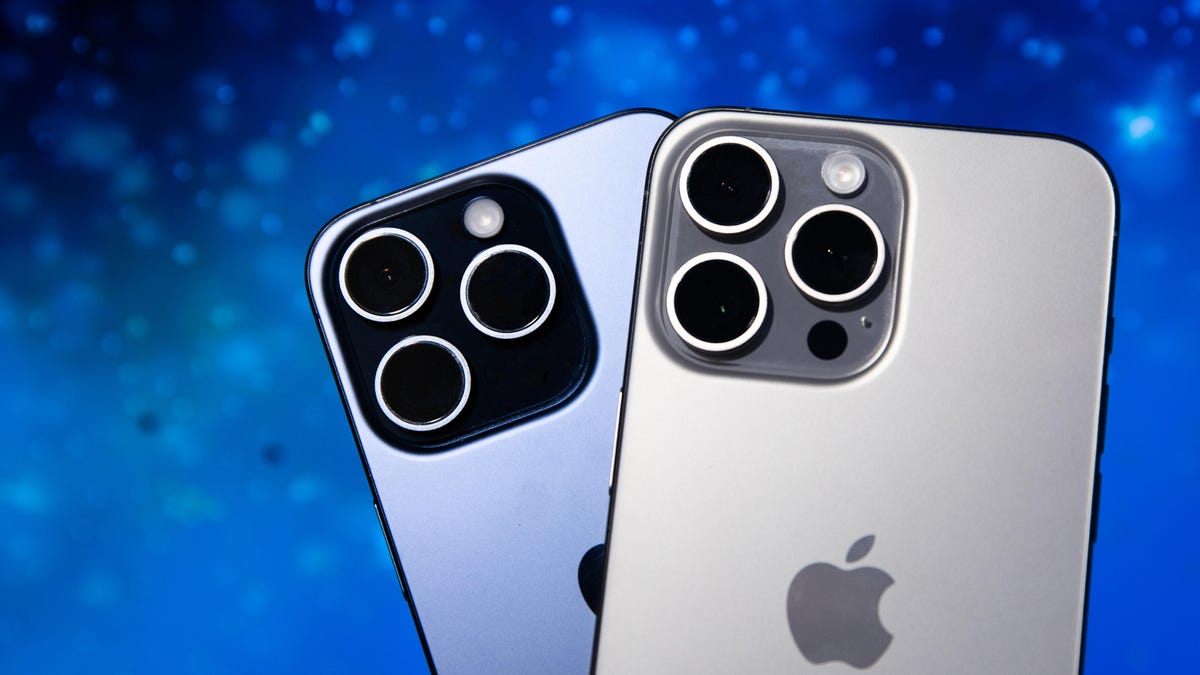What is Apple Intelligence? Everything you need to know about the iPhone 16’s AI features





Apple is holding its Glowtime event on Monday, where the iPhone 16 and Apple Watch X (Series 10) will likely be announced. But we expect Apple Intelligence to get a lot of the spotlight, especially after it stole the show during June’s WWDC keynote.
Apple’s big push for generative AI in its various operating systems has begun and Apple has finally opened its doors Apple Intelligence for some public testing — but only in the form of a developer beta for now. Some of Apple’s promised AI-powered writing tools, Siri enhancements, and Photo Library-related requests are here in Apple’s latest developer beta for iOS, iPadOS, and macOS. But it won’t be fully released until later this fall for a subset of iPhones, iPads, and Macs with the necessary chipsets — and even then it will debut as an opt-in beta feature.
But Apple Intelligence is currently a beta within a beta: It’s part of the developer betas of iOS 18.1, iPadOS 18.1, and macOS Sequoia 15.1, while the public beta available now for iPhones, Macs, and iPads is still based on iOS 18.0, iPadOS 18.0, and macOS Sequoia 15.0.
Apple isn’t rolling out all of its promised AI-powered upgrades at once. The developer beta of Apple Intelligence brings AI-suggested writing tools that appear within documents or emails, photo tools like Clean Up to remove unwanted parts of an image, and a number of Siri changes, including a new voice designed to sound more natural, more contextual conversations, a new glowing border around the screen when Siri is active, and a double-tap gesture at the bottom of the screen to type for Siri.
There’s also instant movie memory request in Photos and AI summaries in Messages, Mail, Notifications, and Notes. But ChatGPT plugins, Apple’s GenMoji and Image Playground features and other Siri functions are not yet on board.
The developer beta will have a settings feature that lets you opt in to Apple Intelligence features for testing, a process that Apple says could take hours to approve. It’s not yet known whether Apple’s public release of the Apple Intelligence beta arriving later this year will have a similar opt-in process.
While some of Apple’s AI features sound really useful, their limited rollout has been limited to just certain iPhones, iPads and Macs later this year (iPhone 15 Pro models or later, and Macs and iPads with M-series chips) means it won’t be used by everyone. We’ll hopefully start to understand what those features can actually do.
What will Apple Intelligence do?

Apple Intelligence is billed as “AI for the rest of us.” The idea is that Apple Intelligence is built into your iPhone, iPad, and Mac to help you write, get things done, and express yourself. It draws on personal context across your Apple devices to make recommendations, generating results that are more specific to you. Apple is touting the AI feature as a brand-new standard for privacy in AI.
CNET’s Lisa Eadicicco says in her story about Apple Intelligence that understanding personal context when providing answers and performing tasks is a key part of Apple’s approach with Apple Intelligence.
“Apple appears to be using this tactic to differentiate its own AI efforts from those previously announced by competitors,” Eadicicco wrote. “As an example, the company explained how Apple Intelligence can understand multiple factors, such as traffic, your schedule, and your contacts, to help you understand whether you can get to an event on time.”
Which devices does Apple Intelligence work on?

Currently, Apple Intelligence is available in beta on the iPhone 15 Pro or iPhone 15 Pro Max, and any iPad or Mac with an M1 chip and later that has Siri and the device language set to US English. We expect Apple’s next phones, likely the iPhone 16 series, to also be able to run Apple Intelligence.
This fall, Apple Intelligence will be made public as part of iOS 18, iPadOS 18, and macOS Sequoia.
Here’s a list of current Apple devices that can run Apple Intelligence:
- iPhone 15 Pro and 15 Pro Max
- iPad Air with an M1 or M2 chip
- iPad Pro with an M1, M2, or M4 chip
- MacBook Air with an M1, M2, or M3 chip
- MacBook Pro with an M1, M2 or M3 chip
- Mac Mini with an M1 or M2 chip
- Mac Studio with an M1 or M2 chip
- iMac with an M1 or M3 chip
- Mac Pro with an M2 chip
When will Apple Intelligence be available for use?
Apple didn’t provide a specific date, other than that Apple Intelligence would be made public as an opt-in beta feature later this fall. Currently, you can use Apple Intelligence on a compatible iPhone, iPad, or Mac running the dev beta for iOS 18.1, iPadOS 18.1, and macOS Sequoia 15.1, respectively, with Siri enabled and the device language set to US English.
Where will Apple Intelligence be available?
At launch, it will be available in the US. Apple specifically says that Apple Intelligence will work on compatible iPhone, iPad, or Mac models with Siri and the device language set to US English. Support for additional languages is coming in 2025.
Does Apple Intelligence use ChatGPT?

No. Apple Intelligence runs on the device (iPhone, iPad, or Mac) and on Apple silicon-powered servers in the cloud that Apple calls Private Cloud Compute. It depends on your prompts and queries whether Apple Intelligence is processed on the device or in the cloud. Apple Intelligence is not ChatGPT, nor does it run on the well-known OpenAI service.
However, Apple Intelligence does support additional third-party AI services, with ChatGPT being the first to be announced. ChatGPT access will be integrated into Siri and writing tools on iOS 18, iPadOS 18, and macOS Sequoia, allowing Apple device owners to access it without having to jump between tools.
What tools does Apple Intelligence have?

Apple Intelligence capabilities fall into three categories: writing, images, and Siri. Writing tools are available wherever you write. Apple Intelligence can proofread your text, rewrite multiple drafts by adjusting the tone and phrasing, and summarize selected text with a tap.
Image tools can create original images based on prompts in the new Image Playground app. You can turn a rough sketch into a related image that complements your notes with the Apple Intelligence-powered Image Wand. You can also generate custom, unique Genmoji with Apple Intelligence, right from your keyboard. Apple says you even have the option to choose someone from your photo library and create a Genmoji in their appearance.
In the Photos app, you can create a custom Memory movie based on the description you provide.
Apple Intelligence gives Siri a massive overhaul. Siri gets a new design, richer language understanding, and the ability to type to Siri instead of dictating. Siri’s voice and responses sound more natural and conversational. Apple Intelligence gives Siri insight into personal context and the ability to take actions within and across multiple apps, and product knowledge about the features and settings of your devices. Apple says Siri can help you like never before.
How much does Apple Intelligence cost?
Apple does not charge for Apple Intelligence, nor has it announced any plans to do so.




